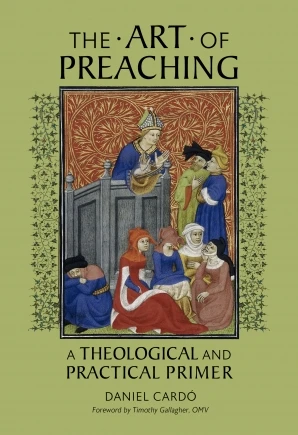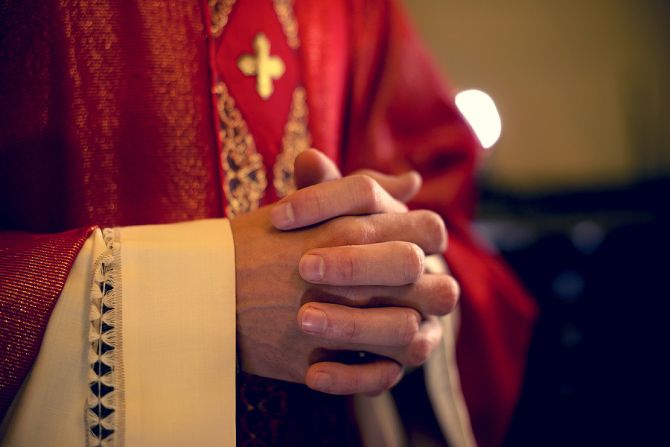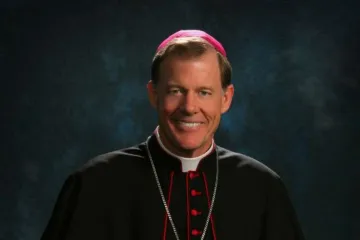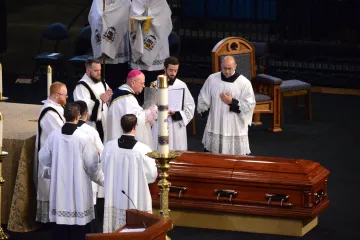Denver Newsroom, Nov 23, 2021 / 12:33 pm
For the past decade, one of the missions of Father Daniel Cardó’s parish, Holy Name in Sheridan, Colo., has been liturgical renewal. With the hope of leading the congregation into full, conscious, and active participation at Mass, the church sanctuary was remodeled with beautiful details and symbols, the stained glass windows now depict glorious saints, the congregation loudly and joyfully chant the propers of the Mass, and the choir sings works of Palestrina, Byrd, and the like each Sunday.
In addition, careful preparation is taken with Cardó’s homilies in order to engage, encourage, and educate his flock. His latest publication, “The Art of Preaching: A Theological and Practical Primer” (The Catholic University of America Press, 2021) is a natural extension of the homilies he preaches each Sunday as well as his work as the Benedict XVI Chair of Liturgical Studies at St. John Vianney Seminary in Denver.
As a professor of homiletics, he has experience teaching seminarians studying for the priesthood the art of preaching, which he neatly organizes in this book, aiming to provide the theoretical and theological foundations of preaching, along with very practical advice and examples. As the author indicates in the introduction, his goal has been to create one volume with all the basic teachings for those aiming to learn or improve the art of preaching.
At the beginning of the book, Cardó outlines both the challenges and opportunities that homilists face when preaching, encouraging them to use the powerful platform they have each Sunday to do something great with their homilies. But, needless to say, encouragement is not enough. The book offers a wide and well-researched view of the necessary foundations for preaching.
After an engaging first chapter in which the author describes the challenges for preaching, particularly those of our day and age, the book offers a useful overview of the main Magisterial teachings on the homily. Based on this, the author unpacks in a short chapter the best insights from the art of rhetoric, both classic and modern. Building on this human foundation, the reader is taken into a journey through the theology of preaching, reflecting on the who, where, and what of homiletics.

The book enters into a more practical section, with the chapters on the preparation and the delivery of the homily. The author offers very concrete advice based on the best literature on the topic, but also on his own experience of preaching and teaching to preach. Homilists will appreciate the suggestions for preparation and the tips for delivery.
Cardó illustrates his points through the example of the preaching of St. Augustine, and closes this section with the bold suggestion that all preachers are theologians who put their years of learning into practice in the daily and weekly effort of exploring God’s message to his people here and now.
The second section of the book is a well-selected “Homiletics Reader,” containing 14 brilliant homilies, with brief introductions and questions for study and dialogue.
Lay people who read this book might be surprised by how fruitful the experience can be. The laity too, as Archbishop Charles J. Chaput said about this volume, “will be grateful for this book,” which, we can only hope, will be read by many seminarians, deacons, priests, and bishops. As such, Chaput also says, “The Art of Preaching will be a wonderful gift for all your clergy friends.”





